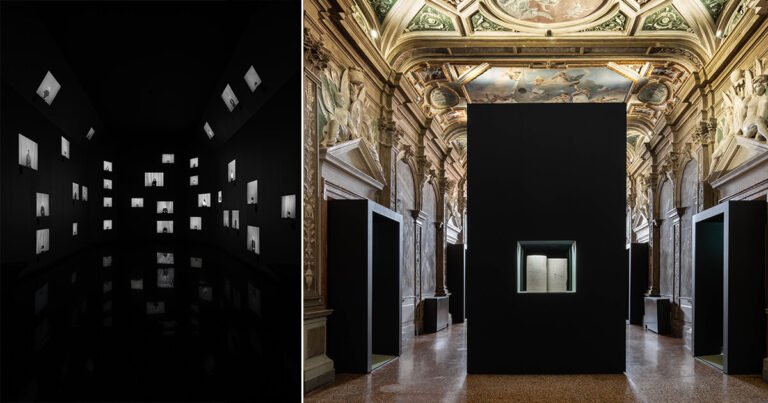Step Inside the Delhi Home of an Indian Princess
In a leafy 1950s neighborhood of garden bungalows set in symmetrical squares adjoining the Delhi zoo, the home of Priti Pratap Singh, Princess of the erstwhile kingdom of Kuchaman, retains its original whitewashed form. But inside its creaky iron gate is a realm of fantasy, a visionary creation of the unfamiliar housed in a rather expected-looking shell. When she first inherited the house as a young mother in the 1970s, she deemed the conventional front lawn “too boring” and set about ripping it apart to transform it into an artful magic wilderness.
A benign granite sculpture of Nandi, the bull vahana of the Hindu god Shiva, sits center stage. It’s situated between red sandstone paving and parterres of luxuriant foliage, which are bisected by a narrow channel where water bubbles from stone spheres. The veranda is shaded by a vine-laden bamboo scaffolding, made more dense thanks to grape clusters. With the sound and sight of the city blotted, one could be anywhere—a corner of Tuscany, perhaps, or a secluded garden—except in the heart of a teeming metropolis.
The interiors, with their soaring 16-foot-high ceilings, effortlessly intensify the theme and panoply of royal Rajasthan, the Indian state in which the home is located. The region is showcased most notably in a dazzling display of antique textiles—an embroidered covering for an elephant’s howdah on one wall, a fine block-printed kalamkari on another, and a painted Nathdwara pichwai above the fireplace. Amid the gleaming brass and silver are elaborate embellishments of Priti’s own handiwork: A corner of the living room is converted into a tented baithak (lounge area) in saffron silk framed in carved architraves from haveli doors and, in her bedroom, plain cupboards are covered in crewel-embroidered aqua silk.
This is a house of memories, or as she evocatively puts it, “memories interwoven with history.” Emblems of personal history, family history, and work history— for her living room doubles as a showroom for her famous quilts—form a rich tapestry, from sepia photographs of age-old courtly ceremonials to modernist portraits gifted to her by Cuba’s leading artist René Portocarrero, when she lived there.
Priti Singh’s home is a palimpsest of her varied life. Her father was an Oxford-educated ruler of Kuchaman, a town situated between Jaipur and Jodhpur, known for its imposing 16th-century fort and frescoed palace—“one of those rare places,” writes the historian Mitchell Crites, “where if you close your eyes and listen, you can still conjure up the unabashed pleasures of a royal court.” Her mother came from a family of feudal talukdars near Lucknow. Educated in Jaipur and Lucknow, Priti imbibed the stylized confluence of two vanishing worlds. Later she married a Goan politician who was an ambassador to Havana.
Among her abiding recollections of living in Kuchaman are the quilts her mother had remade each year, and lined in sumptuous satin. “I vividly remember yards of newly dyed bandhani and leheriya fabrics laid out to dry on terraces.” Decades later, in 1989, in an effort to support out-of-work village artisans, she revived the intricate art of quilting by setting up a tiny workshop in a thatch-roofed shed in her garden.

